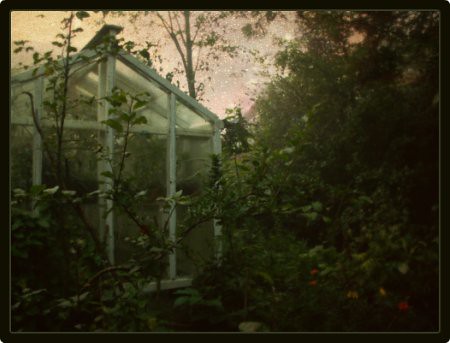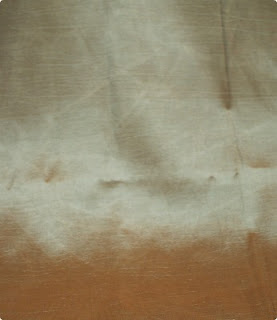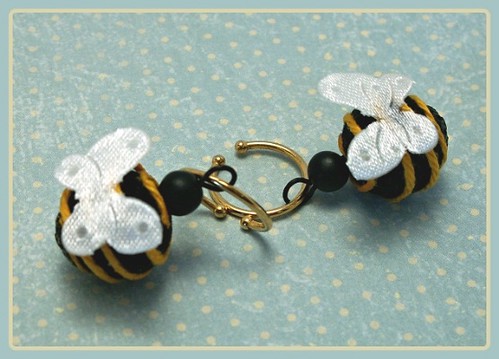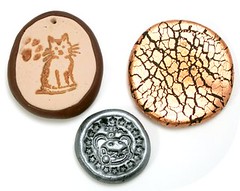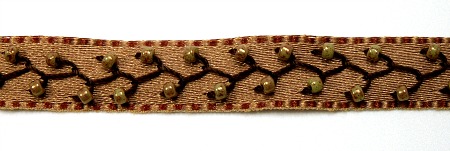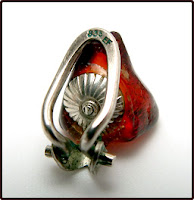Welcome to the 2nd Annual Challenge of Color blog hop!
This colour challenge and blog hop is hosted by Erin of Tresori Trovati. In the beginning of the month, she presented the challenge along with a palette of twelve different colours. Each participant was to choose one of the colours to work with. You could stick with a favourite colour or go for something completely different and challenging. Then Erin, would select an inspiring colour palette, made by Jessica of Design Seeds, for each and everyone based on the chosen colour.
I decided to be daring and chose a colour I -- and many others with me -- rarely work with: yellow. [Are you surprised if I tell you that of 54 people, only two choose to work with yellow?] Felt a bit scary because I knew this could be really hard unless I got some very familar colours to go with it. I've mostly combined yellow with autumn tones or purple before -- and often opted for either soft almost pastel tones or dulled down nuances (with hints of brown, khaki, apricot/orange etc) when buying anything yellow. Never bright, sunny yellow. But I kind of thought that was the kind of yellow I would get when I made my choice-- and that would be a real challenge for me!
Then Erin sent the e-mail with the participant and palette list where she assigned me Sunny Flower to work with. I had mixed feelings when I saw my palette: the bright, cheery colours are not exactly me. The three colours in the centre felt "safe", like old friends, but the two bright colours on each end felt more daunting, more like unfamiliar territory. Just working with bright turquoise and yellow was a challenge, regardless of the other colours! Pairing such a bright turquoise with what I mostly see as autumn, not summer colours, was going to be tough. But then again, I did choose yellow to get a real challenge, I didn't do it with the expectation of getting an easy autumn-inspired palette to work with.
To prepare for this palette, I did two things: first, I tried the colours in different proportions in Photo Filtre to see how I was going to arrange the colours. That's my doodles above. You can see how I actually ended up with a design similar to the doodles, even it that wasn't my idea at the time. Then I sought additional inspiration at Multicolr Search Lab, working with not just the colours but also the proportions that I wanted to use. I like that tool: not only can you choose colours, but also the proportions of each colour you want in the pictures it finds for you. This is the mosaic of photos I used for my inspiration.
And here is -- finally -- the result of my long preparation and design process:
I knew pretty early one it was going to include seed beads: I'm a "colour junkie" who loves to buy seeds in every possible colour and finish so it was most likely in my seed bead stash I would find colours matching the palette. As mentioned before, I've also recenly rekindled my love for embroidery so it was an easy choice to make when I began sketching: it would be needlework and bead embroidery on ribbon. I've got a lot of satin ribbon as it's easy to find in many different colours -- though, turquoise and yellow ribbons were lacking in my stash. (And so was also a proper stabilizer, which made the ribbon pucker much more that I'd like...) Bought ribbon, forgot to buy fusible web.
From there, the actual design kind of grew of itself, evolving around what beads beads in the stash I could find in the right colours. I often end up modelling a challenge design around the beads at hand, but generally I prefer to design first and get the beads later. I did a few different sketches, but in the end it became something rather similar to my initial doodles. Though with one vine instead of two.
I have used all the colours in the palette (in one nuance or another), but the apricot seed beads used in the flower centres and buds looked very yellow once stitched and photographed, which is a bit unfortunate. While the colour palette is the same as in the image, it looks very different. Not just because there is much more turquoise in the bracelet. The transparent beads let some of the turquoise shine through, altering the perceived colour not least in the flowers.
The yellow ribbon was so bright and perfect for the challenge palette, it felt bad not to use it so I ended up adding it as backing. So what's lacking in terms of yellow on the front, is more than well made up for on the back.
(The clasp is temporary: it's too heavy for the bracelet, but it's a pretty clasp so it'll stay until I find a better one.)
As for techniques, the vines is stitched in whipped back stitch and the leaves are lazy daisies stitched around beads (yes, I added the beads before the detached chain stitches, not the other way around which is more common). The edges are back stitched with 15/0 transparent turquoise blue beads and yellow thread to add an extra touch of yellow to the front. It was also done because I couldn't decide what colour to use for the beaded edge (once deciding just stitching something with the buttonhole thread used for the vines wasn't going to be working as intended) and once I was halfway done I regretted going with the bleak blue beads. But at that point it would be too much work to undo it all.
Synthetic satin isn't the best fabric to bead or embroider on, but I still do it. It would, how ever, been a good thing to stabilize the ribbon before beginning. Unfortunately I didn't, which is too bad as it probably would've made it easier to keep the ribbon flat and smooth. In some heavily beaded designs it doesn't matter so much if this happens, but here it's pretty visible.
*
While I'm pleased that I could make something with a palette that was challenging for me, I'm (as usual) less pleased with my result. I can see so many flaws in it: the clasp is too heavy, the ribbon is puckering too much, the overall design feels lacking in some element etc etc. But, yeah, I think it's ok. I like the colours and enjoyed stitching it. And that's perhaps what's most important about a challenge.
Now, don't miss all the other participants in this blog hop! You can find the full list of participants on Erin's blog. *edited to add: and now also here below*











